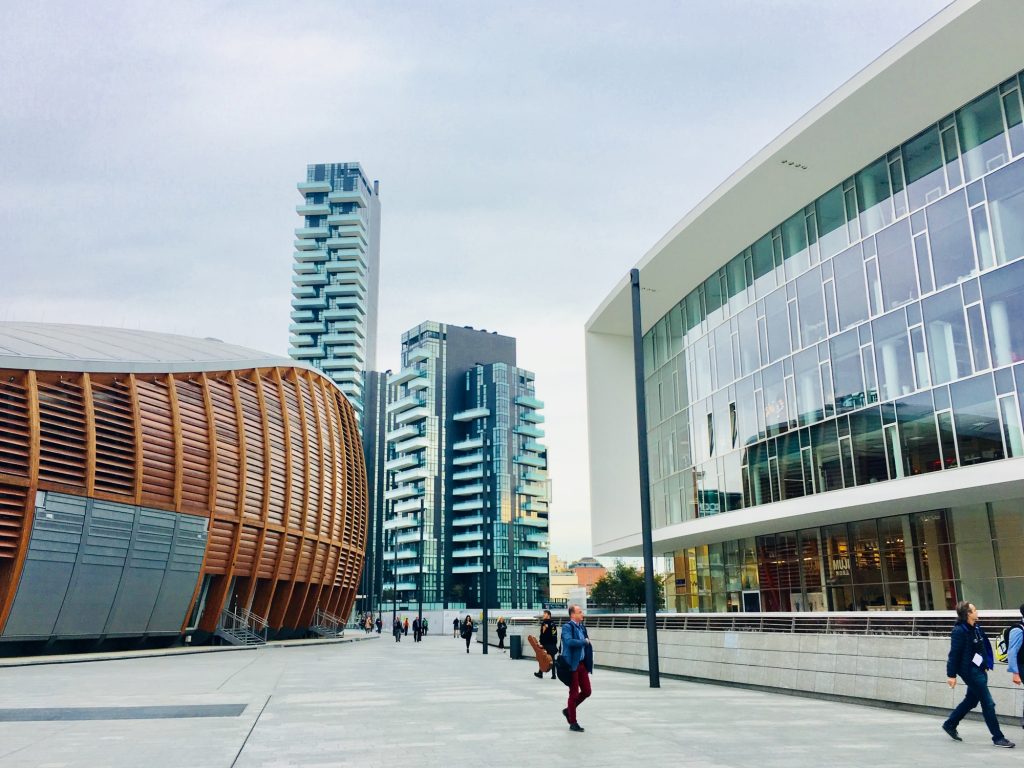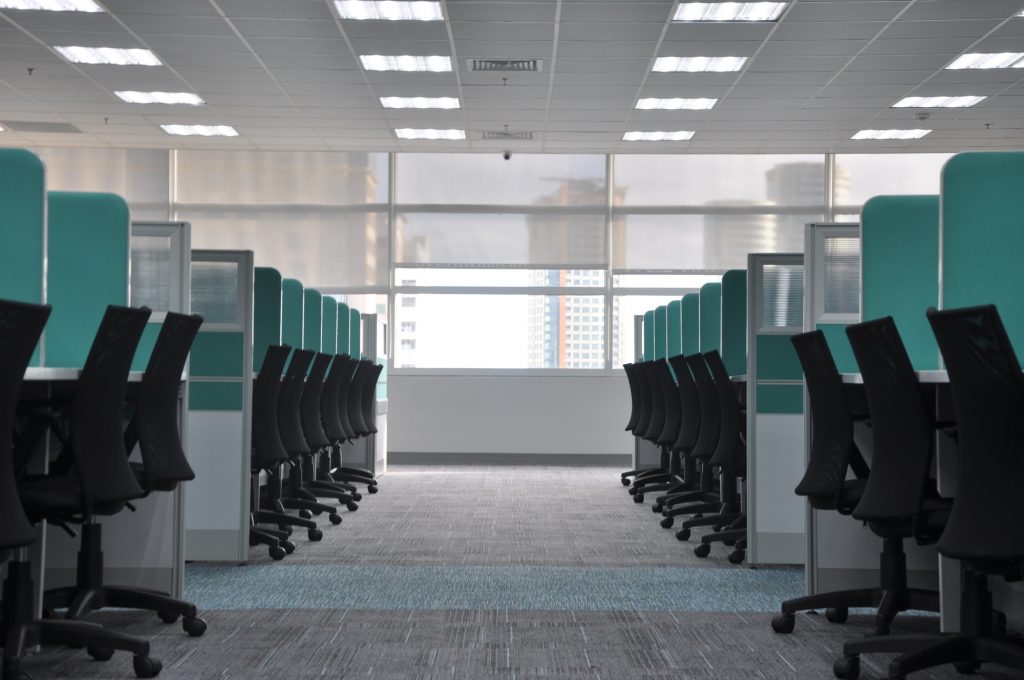Moving an office to a new location allows the company to incorporate essential changes to their workplace. These opportunities can include new methods of doing work, workplace culture, and brand identity. Before you move your office, remember that relocating can have an impact on staff motivation, staff retention, and communication.
Decide Who Takes Responsibility
As a first step, create an internal team that can plan the move. These teams can comprise of individuals from different departments. If you’re a small business, then you may need to take charge of the project and get responsible individuals involved in planning the move.
The New Space
Once you’ve decided who will be responsible for the moving process, it’s time to think about the features and benefit of the new working space. Your team leader will need to investigate the new office space based on several factors that can include:
- commute times for workers
- staff parking
- public transport
- rent cost
- IT infrastructure
- availability of utilities

Hire a Property Agent
The next step is to approach a well-reputed property agent. You should research by asking your colleagues for reference and also conduct an online search. It’s important to remember that the agent must know the technical aspect of the office. The right property manager will work alongside the project leader to shortlist available properties.
The Interior Design
Before selecting a property, you may also wish to sit with your design team to plan the office setup. Don’t accept a company that cannot work to your vision because the relationship between you and the interior designer is critical to the overall environment.
A good interior designer usually has a strong reputation, green credentials, financial stability, safety record, and positive reviews. It is recommended to visit offices designed by your prospective partner to understand how they operate. At this stage, it’s normal for offices to look different from your initial idea, but colors, designs, and workspaces can be tweaked as the project progresses.

Collaboration
At this stage, everyone will hopefully be ready to plan and move. Therefore, you need to make sure to keep the energy levels high by consulting with your team and listening to their advice. Let the team interact with the office design team and other essential stakeholders. Such interaction is necessary because your designer and other stakeholders will need to understand your employees and the working style of the company.
Create Milestones
While you or your team must have created an initial plan, this is the time to include significant milestone in the project or change it according to discoveries and ideas. There should be a milestone for everything, such as moving IT servers and installation of new furniture. You also need to consider if this will be a phased move or everyone will do it at the same time.
Move-In Day
On the day of the move, there should be a go-to person for any queries about the progress. That contact person will help teams or individuals complete the transition. It’s usually better if the contact person is someone who is already in the planning team from the first day. Finally, there should be a welcome and feedback sessions to ask employees what they like and what can be improved before they settle everything permanently.


